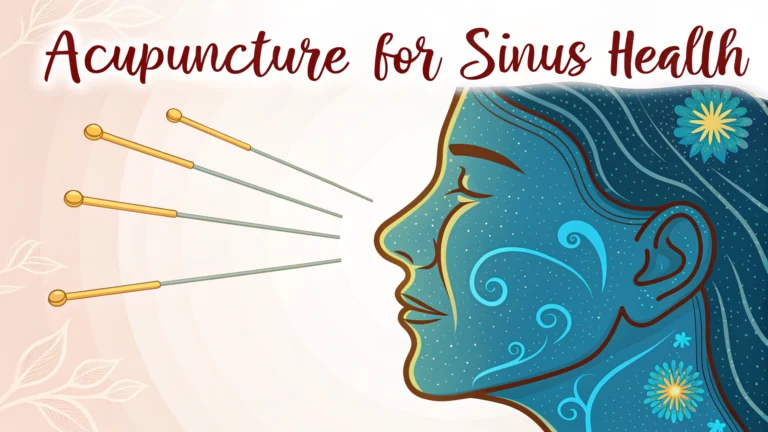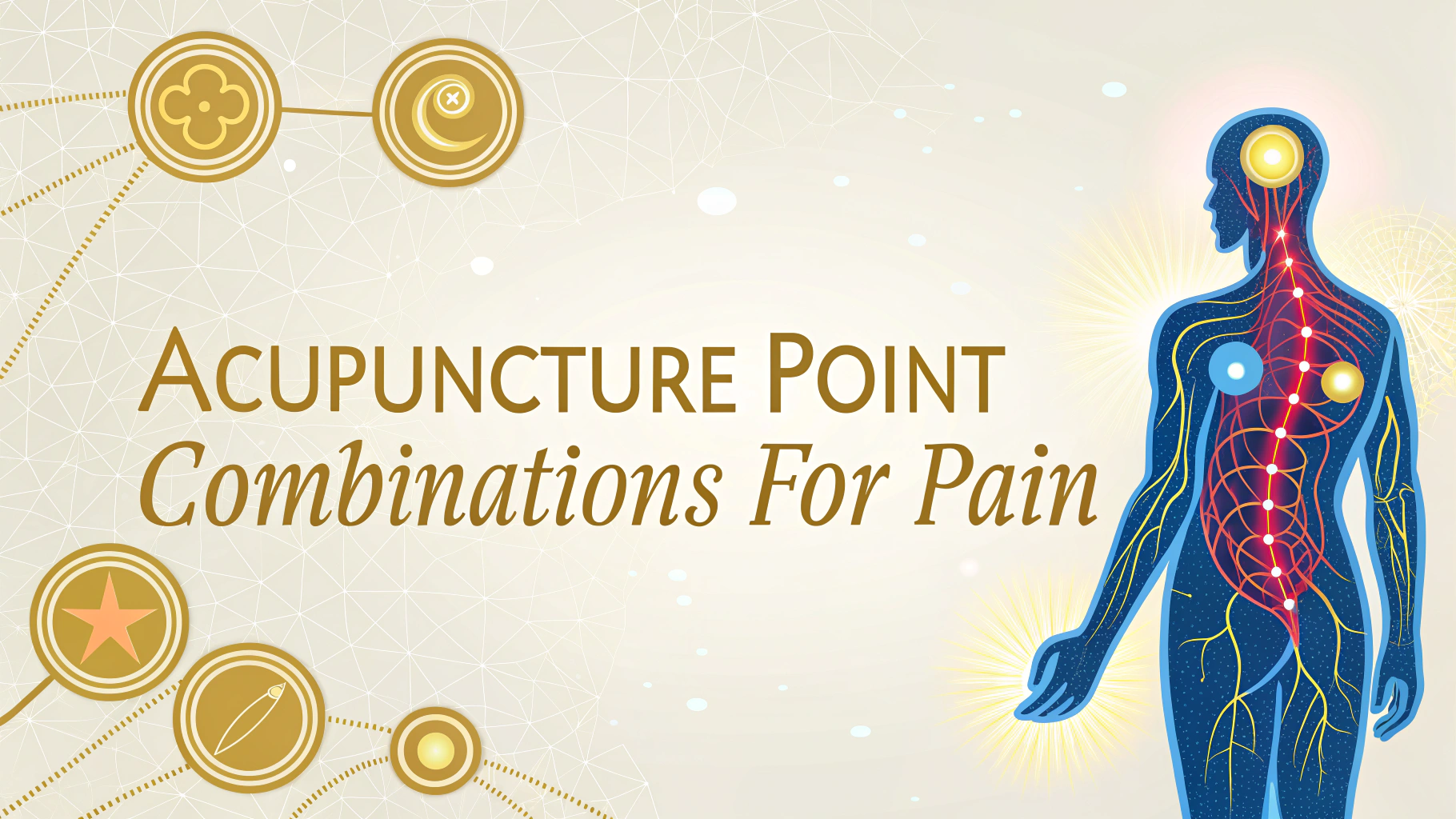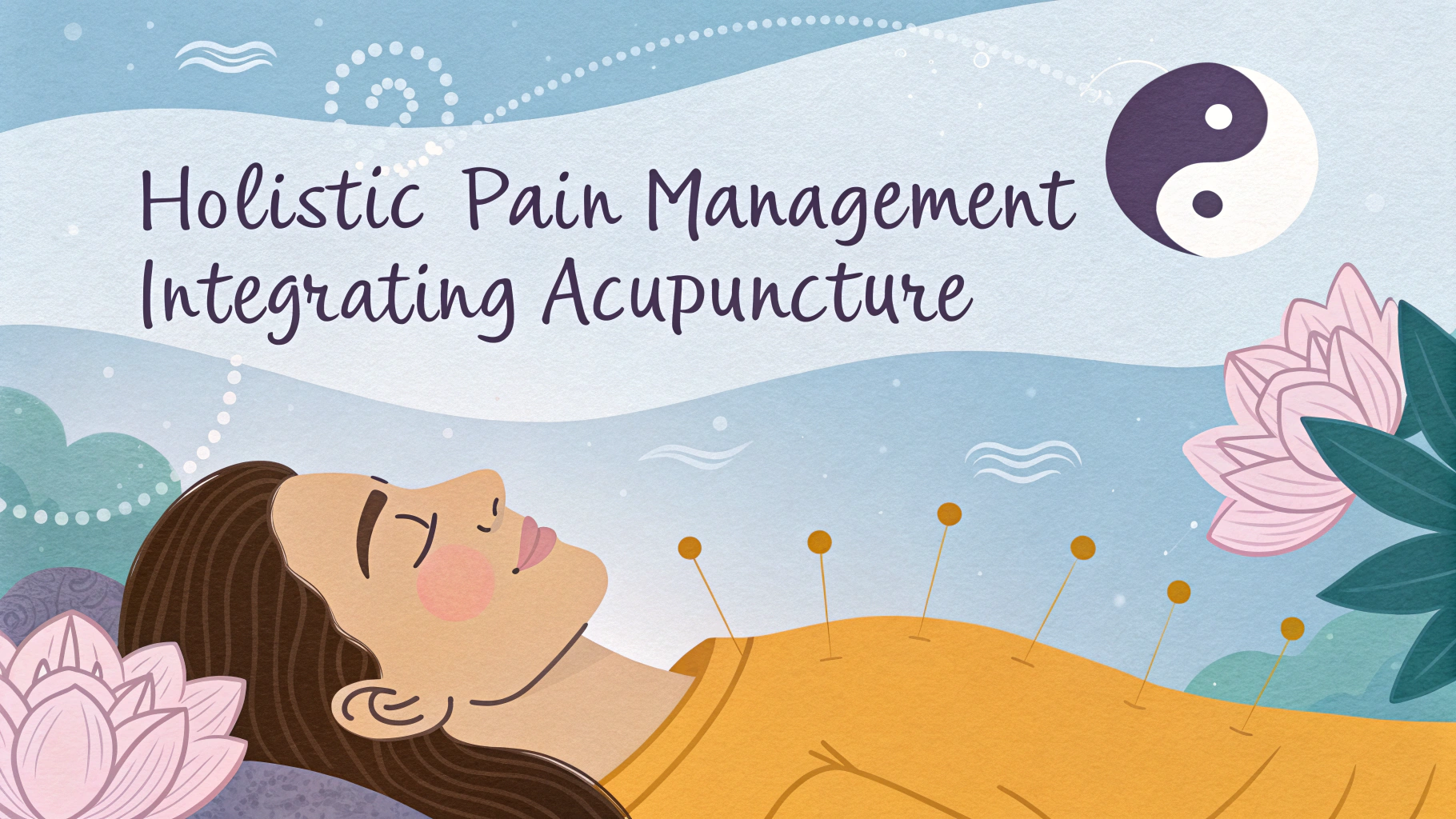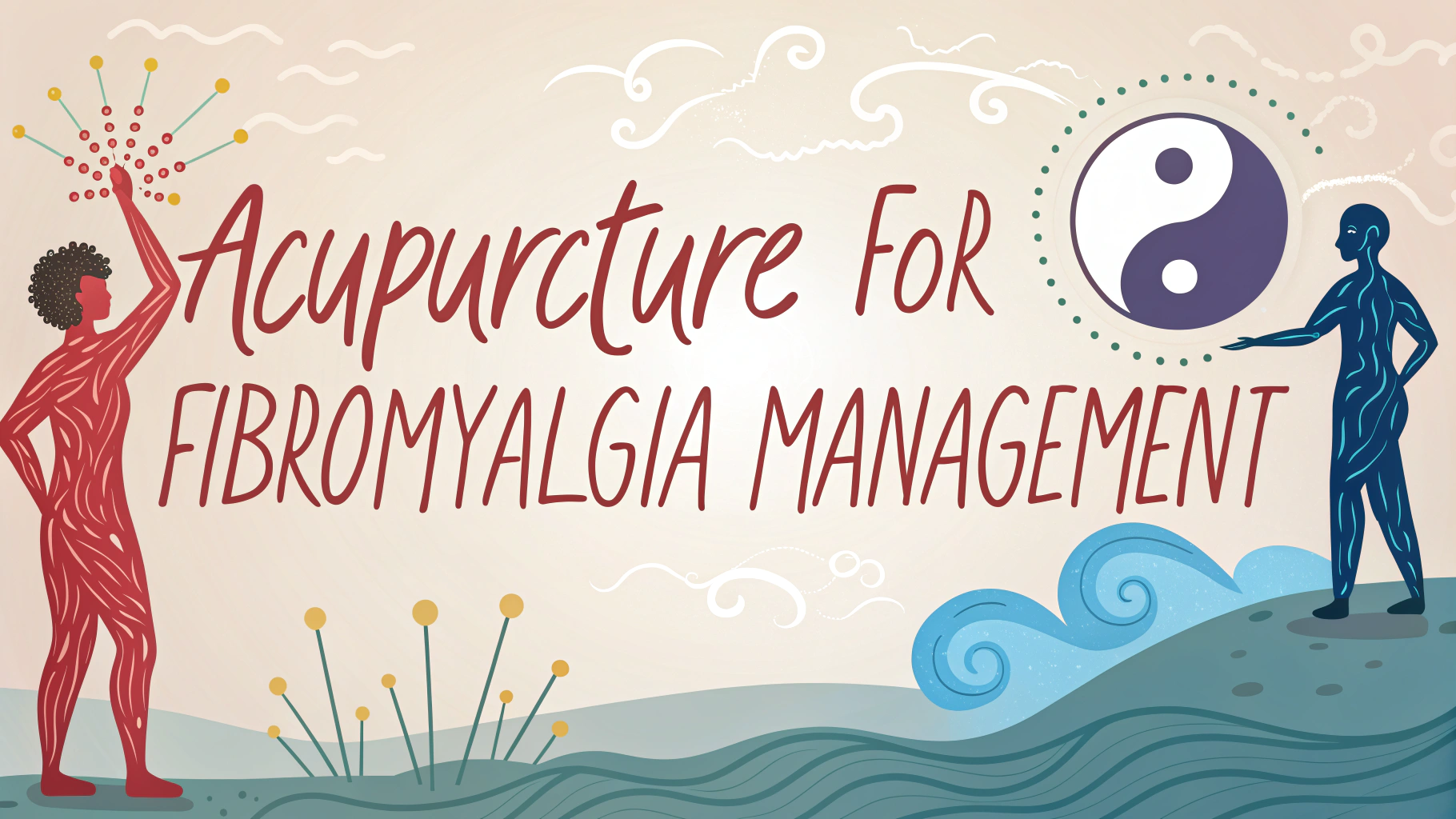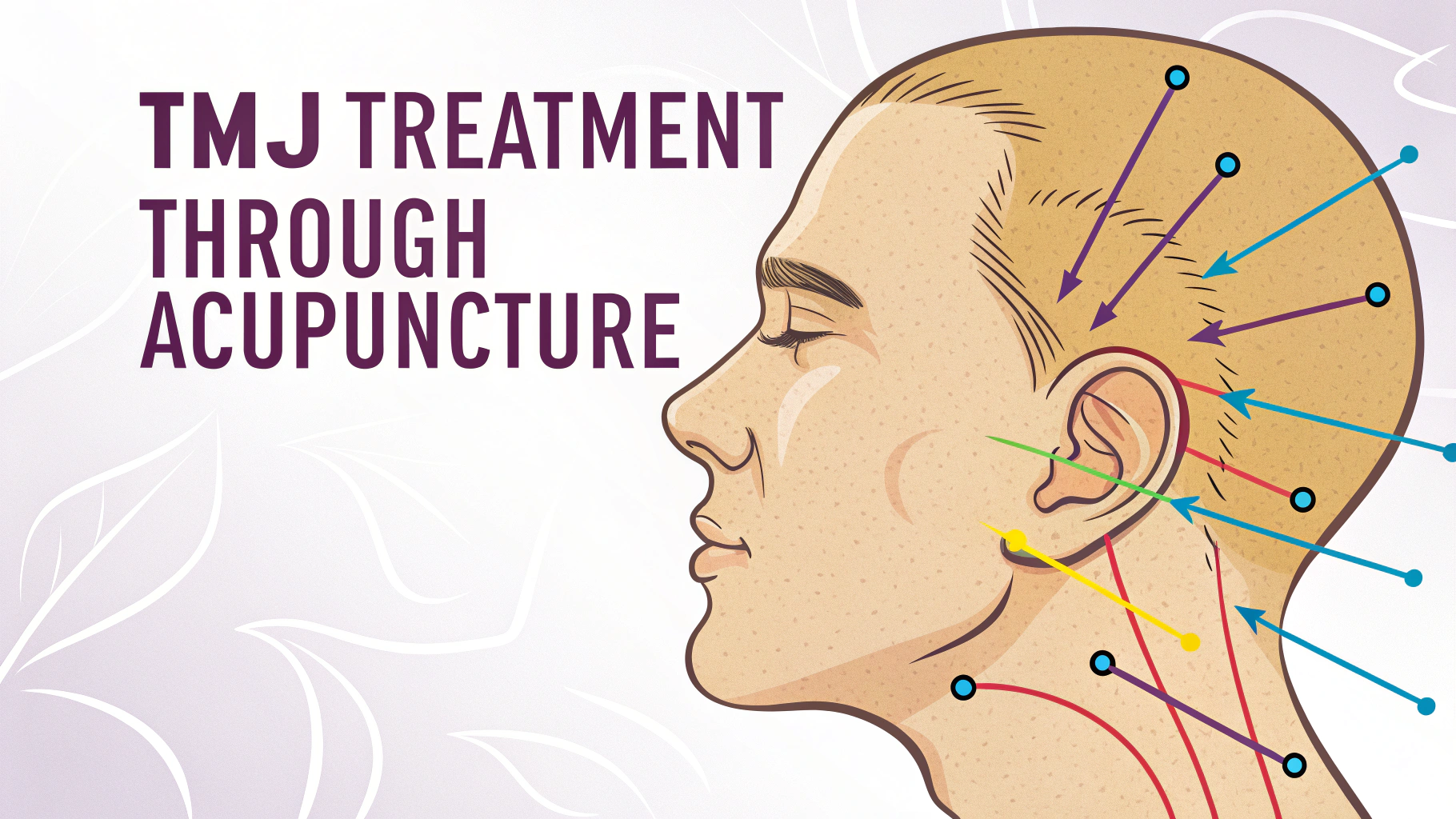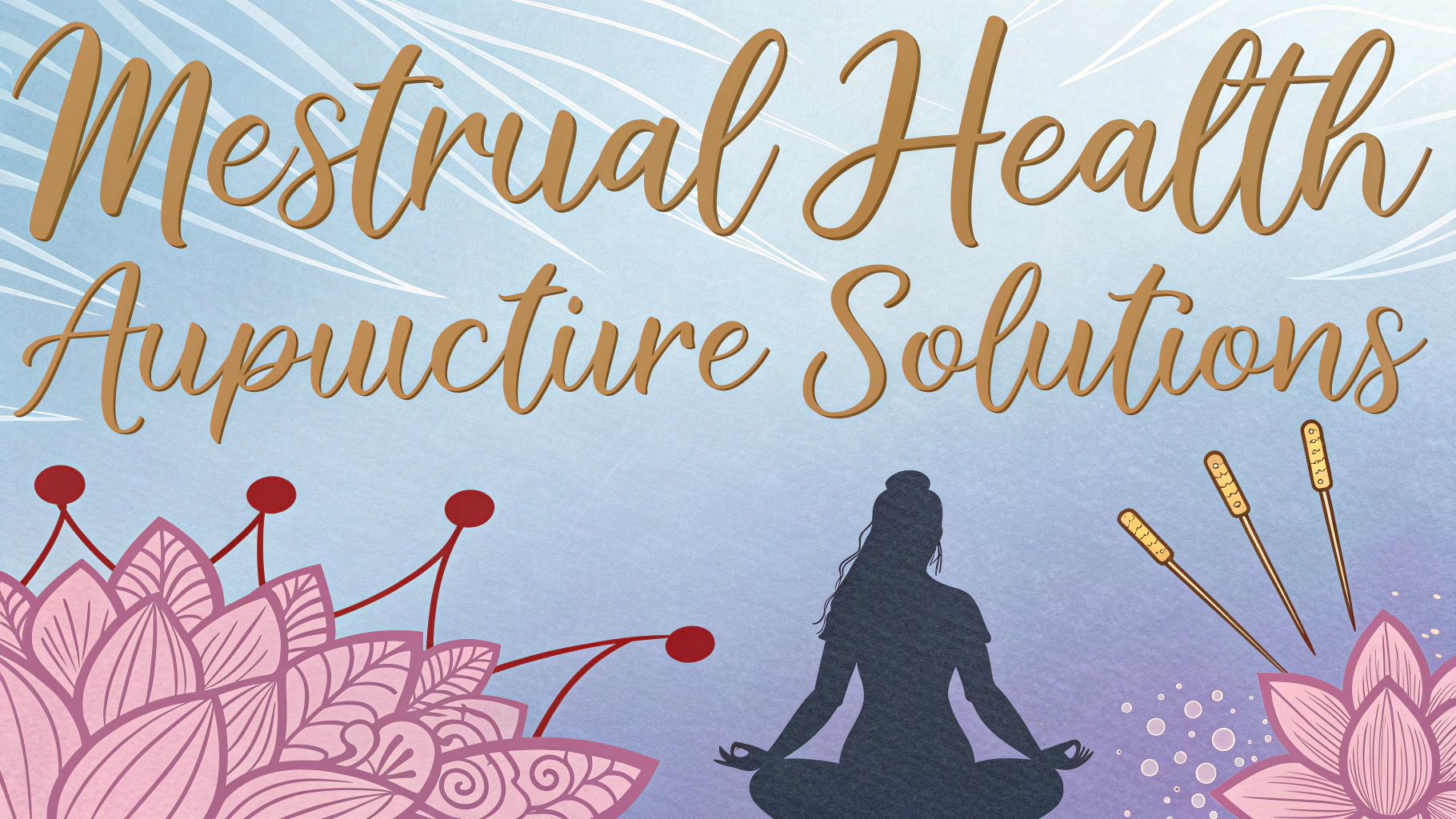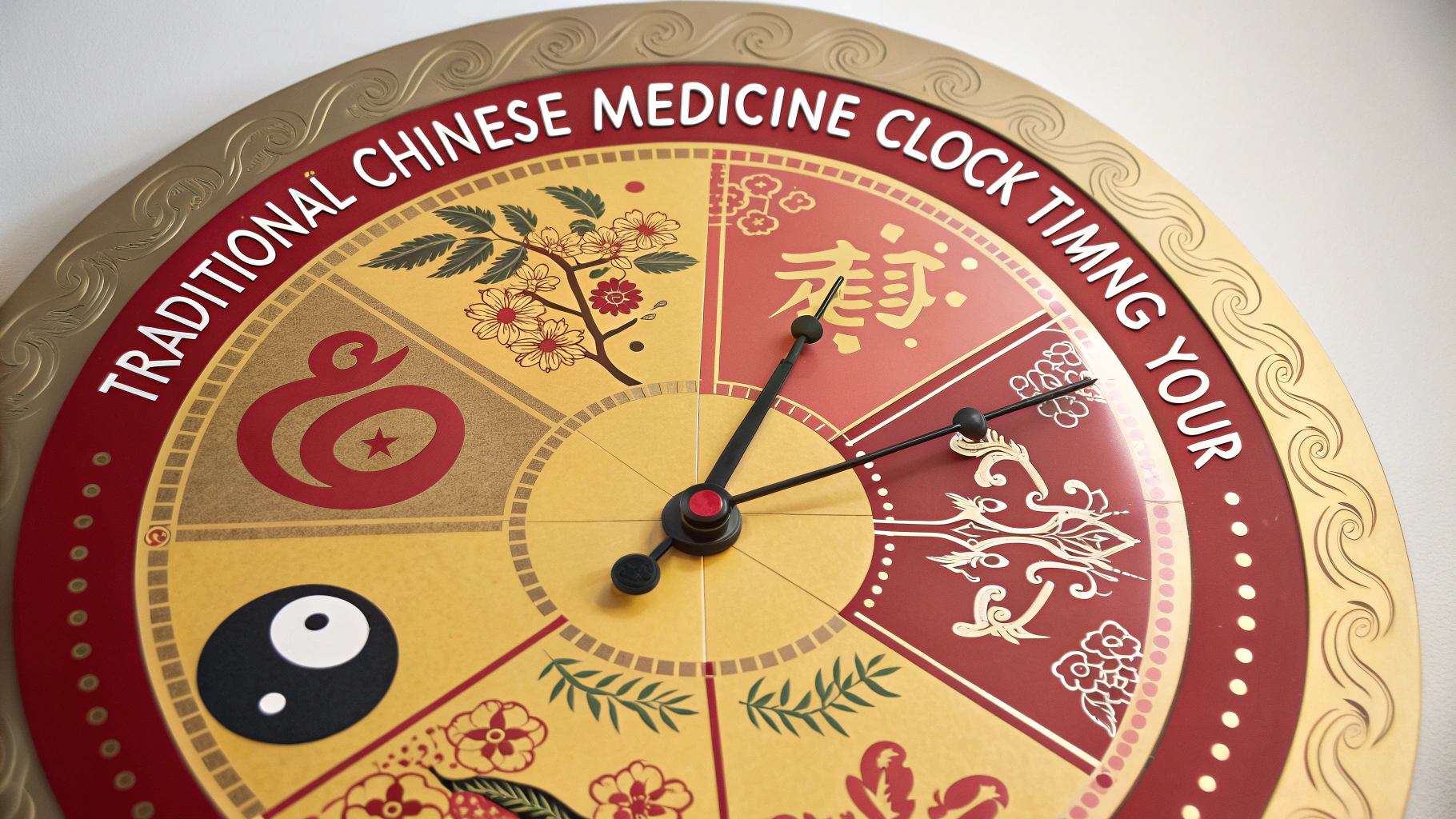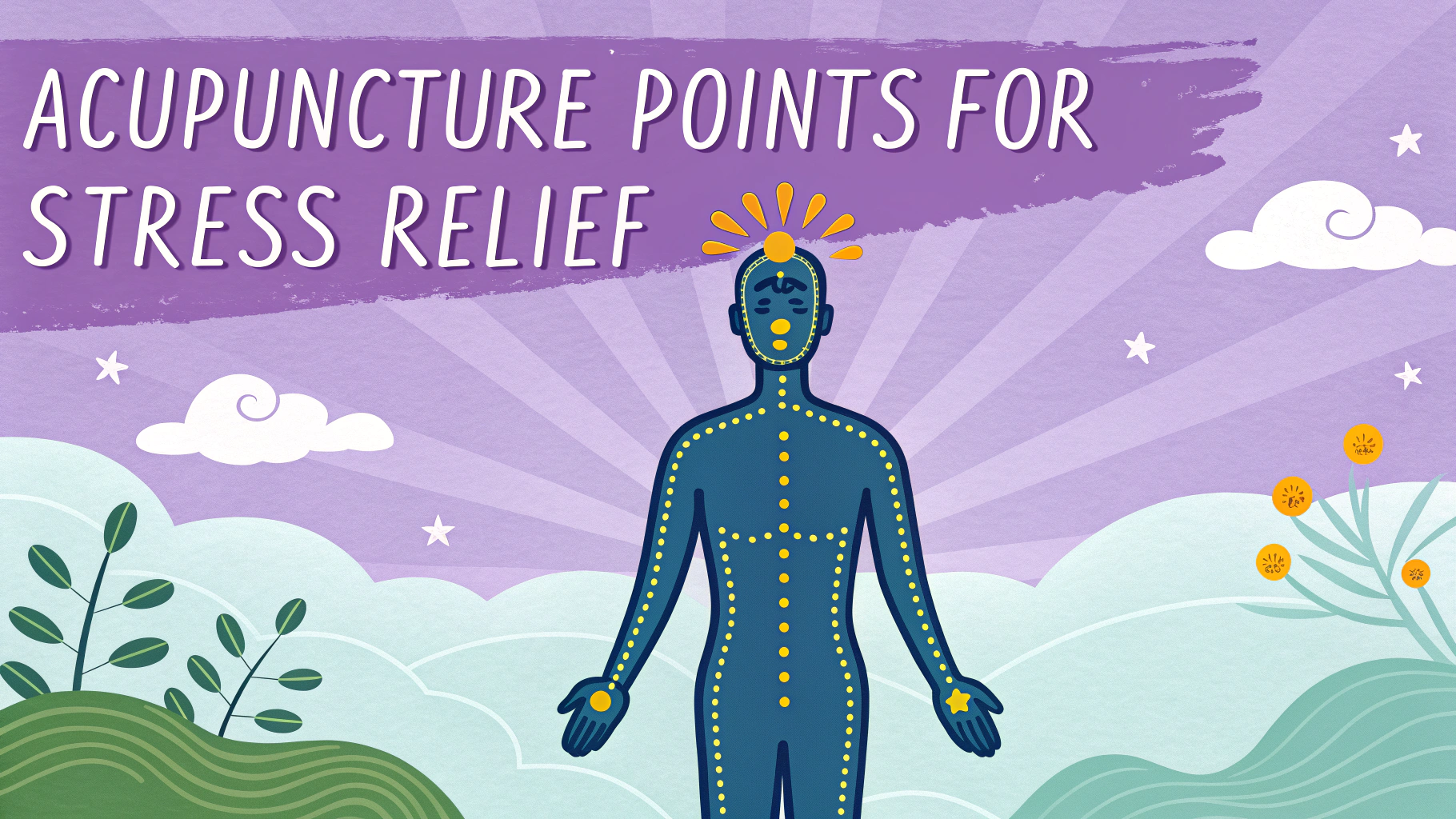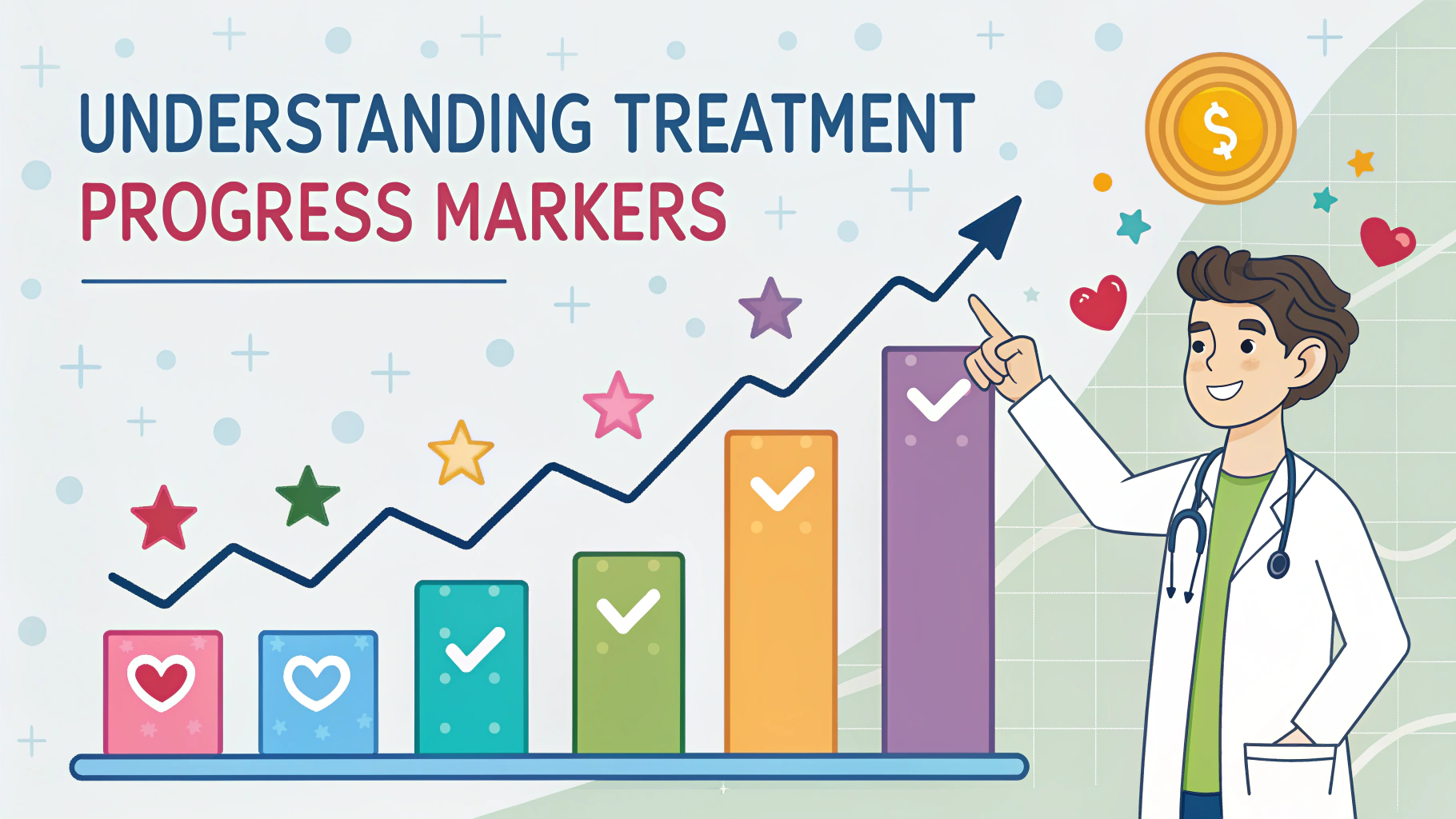Acupuncture offers a time-tested approach to managing chronic pain through the strategic placement of ultra-thin needles at specific points in the body.
Research shows this ancient Chinese medical practice can effectively reduce various types of persistent pain, from arthritis to lower back discomfort.
Understanding the proper treatment approaches and protocols helps ensure optimal results from acupuncture therapy.
Key Benefits of Acupuncture for Pain Management
- Reduces inflammation naturally
- Improves blood circulation to affected areas
- Triggers release of endorphins – natural pain relievers
- Relaxes tight muscles and relieves tension
- Minimal side effects compared to medications
Common Pain Conditions Treated
- Lower back pain
- Neck and shoulder tension
- Knee osteoarthritis
- Migraine headaches
- Fibromyalgia
- Tennis elbow
- Carpal tunnel syndrome
Treatment Protocol Guidelines
A typical initial course involves 1-2 treatments per week for 6-8 weeks.
| Pain Level | Recommended Frequency | Duration |
|---|---|---|
| Acute/Severe | 2-3x weekly | 2-4 weeks |
| Moderate | 1-2x weekly | 6-8 weeks |
| Maintenance | Monthly | Ongoing |
What to Expect During Treatment
Each session typically lasts 30-60 minutes, with needles remaining in place for 20-30 minutes.
- Initial consultation and health history review
- Pulse and tongue examination
- Gentle insertion of sterile needles
- Rest period with needles in place
- Optional additional therapies (heat, electrical stimulation)
Finding a Qualified Practitioner
Look for practitioners certified by the National Certification Commission for Acupuncture and Oriental Medicine (NCCAOM).
- Check state licensing requirements
- Verify credentials and training
- Read patient reviews and testimonials
- Ask about experience with your specific condition
Contact NCCAOM at 1-904-598-1005 or visit www.nccaom.org to find certified practitioners in your area.
Maximizing Treatment Results
- Stay hydrated before and after sessions
- Avoid heavy meals right before treatment
- Wear loose, comfortable clothing
- Keep a pain diary to track progress
- Follow practitioner recommendations for lifestyle changes
- Maintain consistent treatment schedule
Insurance and Cost Considerations
Treatment costs typically range from $50-150 per session, with some insurance plans offering coverage.
- Check insurance benefits for acupuncture coverage
- Ask about package pricing options
- Investigate community acupuncture clinics for lower-cost treatment
- Consider FSA/HSA accounts for payment
Next Steps for Pain Relief
Schedule a consultation with a licensed acupuncturist to create a personalized treatment plan for your specific pain condition.
Document your pain patterns and symptoms before your first visit to help guide treatment strategy.
Consider combining acupuncture with other complementary therapies like physical therapy or massage for enhanced results.
Safety Considerations
While acupuncture is generally safe, certain precautions should be observed for optimal safety and results.
- Inform practitioner of medications and medical conditions
- Disclose pregnancy or possibility of pregnancy
- Report any bleeding disorders or blood thinners
- Communicate any dizziness or discomfort during treatment
- Follow post-treatment care instructions carefully
Complementary Therapies
Acupuncture often works best when combined with other therapeutic approaches:
- Traditional Chinese herbal medicine
- Therapeutic massage
- Physical therapy exercises
- Mindfulness and meditation
- Dietary modifications
Research and Evidence
Clinical Studies Support
- NIH recognizes acupuncture as effective for various pain conditions
- Multiple studies show reduced inflammation markers
- Documented improvements in chronic pain management
- Evidence of enhanced healing response
Your Path to Pain-Free Living
Taking the first step toward acupuncture treatment can open new possibilities for managing chronic pain naturally and effectively.
- Research and select a qualified practitioner
- Prepare questions about your specific condition
- Set realistic expectations for treatment timeline
- Commit to the recommended treatment schedule
- Monitor and document your progress
FAQs
- What conditions can acupuncture effectively treat?
Acupuncture can effectively treat chronic pain conditions including lower back pain, osteoarthritis, migraines, neck pain, fibromyalgia, and knee pain. - How long does an acupuncture session typically last?
A typical acupuncture session lasts between 30 to 60 minutes, with needles remaining in place for 20-30 minutes. - How many acupuncture sessions are typically needed to see results?
Most patients require 6-12 sessions for optimal results, with acute conditions potentially responding faster than chronic conditions. - Is acupuncture painful?
While patients may feel a slight pinch or tingling sensation when needles are inserted, acupuncture is generally not painful as the needles are very thin. - What are the risks and side effects of acupuncture?
Common side effects include minor bruising, slight bleeding, and temporary soreness. Serious complications are rare when performed by a licensed practitioner. - Should I continue taking my regular medications while receiving acupuncture?
Yes, patients should continue prescribed medications unless directed otherwise by their primary healthcare provider. Acupuncture works as a complementary treatment. - What qualifications should I look for in an acupuncturist?
Look for practitioners with state licensure, NCCAOM certification, and formal training from an accredited acupuncture school. - Does insurance cover acupuncture treatments?
Many insurance plans now cover acupuncture for specific conditions, particularly chronic pain. Coverage varies by provider and plan. - How should I prepare for an acupuncture session?
Eat a light meal beforehand, wear loose-fitting clothes, avoid alcohol or caffeine, and arrive early to complete paperwork and relax. - Can acupuncture be combined with other pain management treatments?
Yes, acupuncture can be safely combined with conventional treatments like physical therapy, medications, and other complementary therapies.
